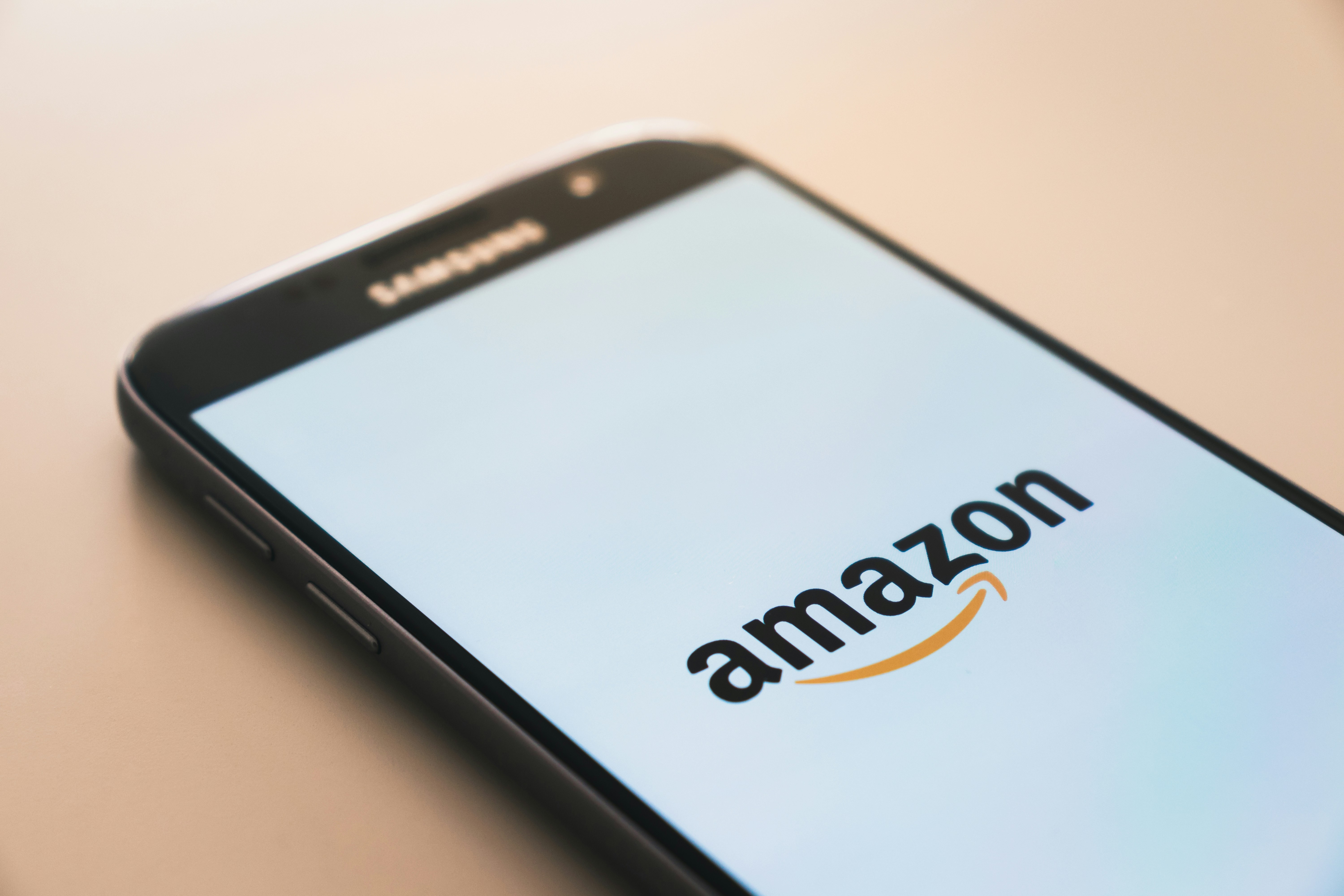FITA INSIGHTS
Retail Returns Trends from 2020
By
Whitney Buha
Jan 21, 2021
4 min read
As we begin a new year, we take a look back on the retail return trends from 2020 and what we can expect for this year.
January is generally known to be a busy time for retail returns. In 2020, the pandemic forced retail stores to close their doors for the majority of the year, meaning shoppers made their purchases online. With this growth in e-commerce, online returns more than doubled last year. According to WWD and Yahoo Finance, $428 billion in goods were returned to retailers last year. Apparel fell in one of the top three categories, just behind parts and ahead of home improvement, making up 12.2% of those returns – or $52.2 billion.
A recent trend that we’ve seen with retail returns is called “bracketing.” According to Forbes, “bracketing is the act of buying multiple versions of a single item online with the intent to return all but one.” We call this “size sampling,” which we solve with Fit Finder’s Multiple Size Alert feature. Shoppers tend to do this because they may not know their size in an item or are unfamiliar with a brand they’re buying online for the first time. Retailers are looking for alternative return methods to manage the logistics of the increase in returns for this reason and more.
Trending Return Methods
No Box Drop-Off
These additional options for returns are starting to pop up more and more. Amazon recently announced that they will be accepting online returns at 500 Whole Foods locations. The retailer also partners with Kohl’s to accept returns that do not require the customer to pack the items in a box or print out a label. The packing and printing are handled at the retail location free of charge, making it a simple process for the customer.
Return Bars
Similarly, Happy Returns, an e-commerce returns management company, works with retailers to provide several return solutions for shoppers, including their Return Bars. Happy Returns has over 2,500 Return Bars where items are accepted without boxes, packaging, or labels. The Return Bars are a satellite return station within a retail store, not necessarily the store from which the shopper purchased. Customers are given a refund immediately after the return, rather than having to wait for the products to be returned and processed by a warehouse.
Home Pick Ups
While in-store returns are free and easy, the issue of store closures still affects this return method. Walmart recently announced that they are partnering with FedEx to offer at-home pick ups for returns, called Carrier Pickup by FedEx. With this method, customers don’t have to leave their homes to make a return, but are required to pack their items and print their own shipping labels. Customers start the return process online, select a date for pick up, package the goods, and leave it at their door for FedEx to pick up. The service is free for items shipped and sold by Walmart.
Packstations and Lockers
In many locations, blocks of lockers in public places function as giant parcel pick-up and drop-off destinations. Shoppers can receive or return packages by visiting the lockers with a designated code at their convenience. Logistics giants like DHL, UPS, and FedEx offer their Packstations, Access Points, and Ship&Get, while companies like Amazon have lockers available across the globe. This provides shoppers with a contactless return method.
Although most of these offerings still cost the retailer money, they help to improve the overall customer experience which creates loyal shoppers.
To learn more about how we can help you and support your specific needs Contact us.
































































